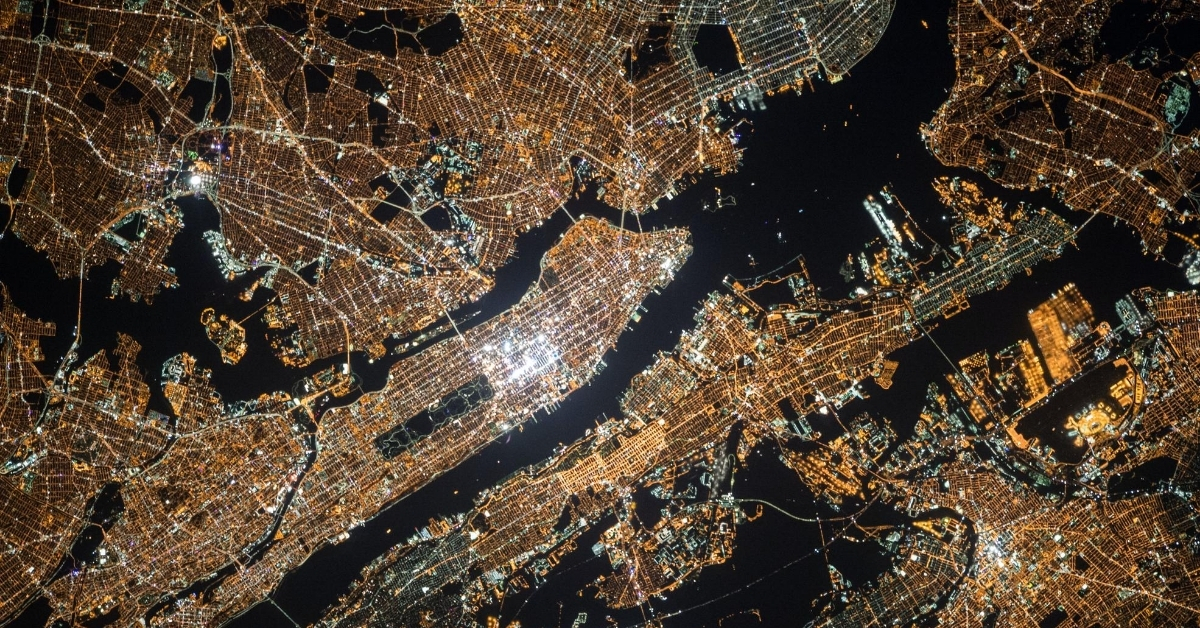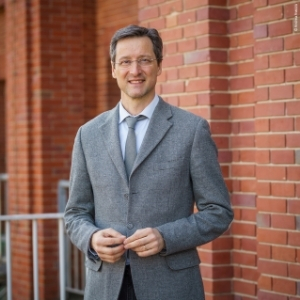Until just recently, “cognitive buildings” that can provide users with information and data seemed science fiction or linked to complex home automation systems and high costs, available only to a select group of people. In truth, nowadays we can see that these “communication and information” systems, applied to building elements and inhabited spaces, have become increasingly accessible.
If we think about it, humans have five senses: smell, hearing, touch, taste and sight; often the harmonious combination of the five makes us feel good (so-called “synaesthesia”) and influences the comfort of the spaces we inhabit.
Therefore, our body is a complex system of biological sensors that allows us, simply and immediately, to process and perceive a complex range of information: environmental, emotional, physical, and so on.
There are, however, some things that, even if perceived, are not measurable and controllable (heat, temperature, humidity, noise) or some that are not even perceptible but can be harmful to us (carbon dioxide concentration, PM 10, PM 2.5, volatile organic components - VOC, etc.).
And so it is that we can now equip the layers and volumes of a building with sensors able to decipher this complex information and to show it to us easily (maybe on our smartphone through simple apps), so that we may expand our senses and “see” the invisible.
What’s the sense of sensors?
It is the desire to simplify something complex so that it can be understood by the common user and on immediate parameters.
The complexity hidden inside does not matter to the end-user, while for him/her it is fundamental to know that the children’s room has good light and air quality and no hazardous concentrations of chemicals or particles, for example.
After all, each one of us has gotten used to be assisted and supported by sensors for a long time; think of the automotive sector, the naval or the aviation industries, where sensors are traditionally integrated into products and components.
Houses (whose economic value and use are a lot more important, for example, than those of a car) can today be easily equipped with a series of ad hoc sensors able to make us better understand the status and operation of the building and its systems.
This makes for the best and highest residential quality management of the spaces in which we live, study, work, are treated, etc.
All this is contained in two dimensions of the so-called BIM: Building Information Modelling, dimensions BIM 6D (energy and sustainability) and BIM 7D (facility management).
The digitisation of construction (BIM)
If the digitisation of construction (BIM) is now an inescapable process that touches on all aspects of the construction chain - products, designs, construction processes - leading the entire data and information complex (big data, obviously) towards an interoperable and “live” information model, at the end of construction there remains the problem of the correct management and monitoring of the building.
It is precisely by building the so-called “digital twin” of the building, which fully complies with the technical information of the real building, that we can attach a complex system of sensors to it (that can be calibrated in accordance with the needs and specificities of the building in question) able to communicate simply (in the case of residential buildings, for example) with the users and provide data that can be interpreted, but also able to self-calibrate the operation of the building in accordance with endogenous and exogenous forces.
Buildings become, in a certain sense, smart, active (see, for example, what is an Active House) and interactive (communicating information that our senses do not register), able to learn from the users’ behaviours (deep learning) and move towards so-called “predictive Engineering”, since the sensors and systems could also be calibrated in accordance with the short-term weather forecast (a few days - maximum one week) to optimise comfort, energy consumption, and, consequently, reduce the environmental impact.
In conclusion, we can say that digitisation, reliability and reduction of costs related to sensors and their integration with architecture are already making for a residential space that we could define as “phygital”, where physical objects (physics) are linked and interfaced with digital information systems.
The sensors are the “synapses” of this diffuse neural network which, when used correctly, can make us feel better and respect the planet on which we live.


